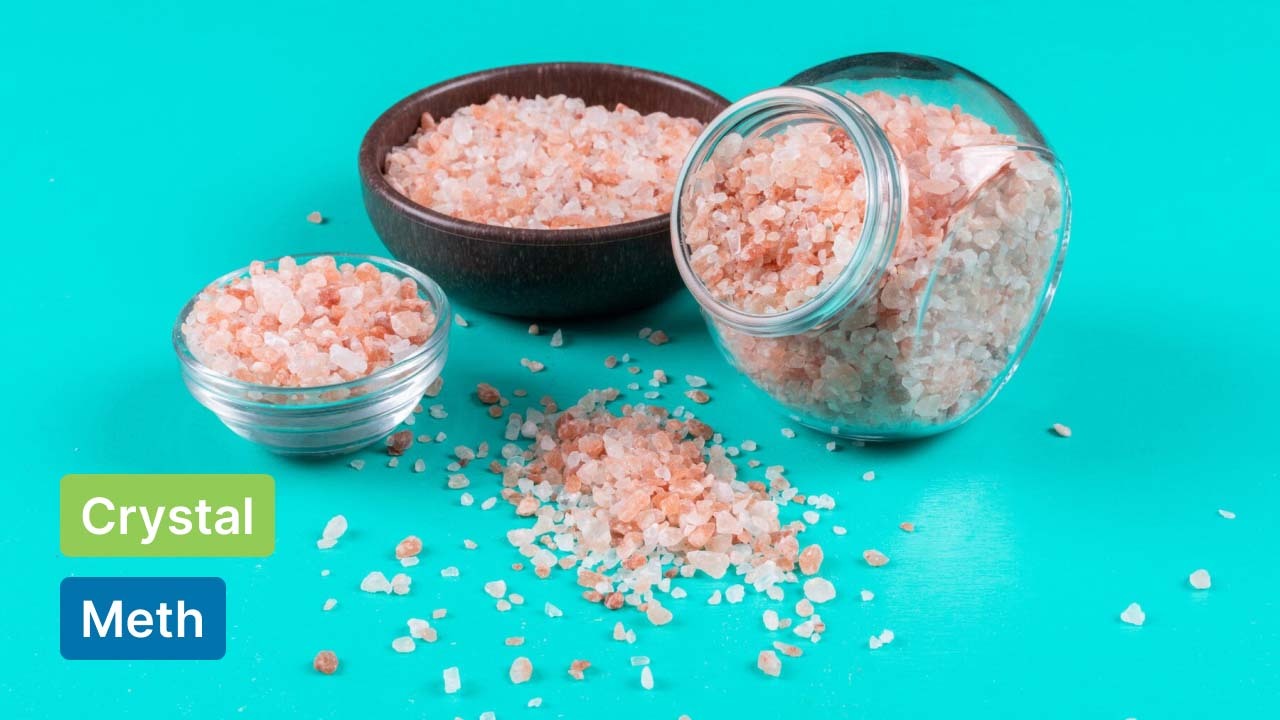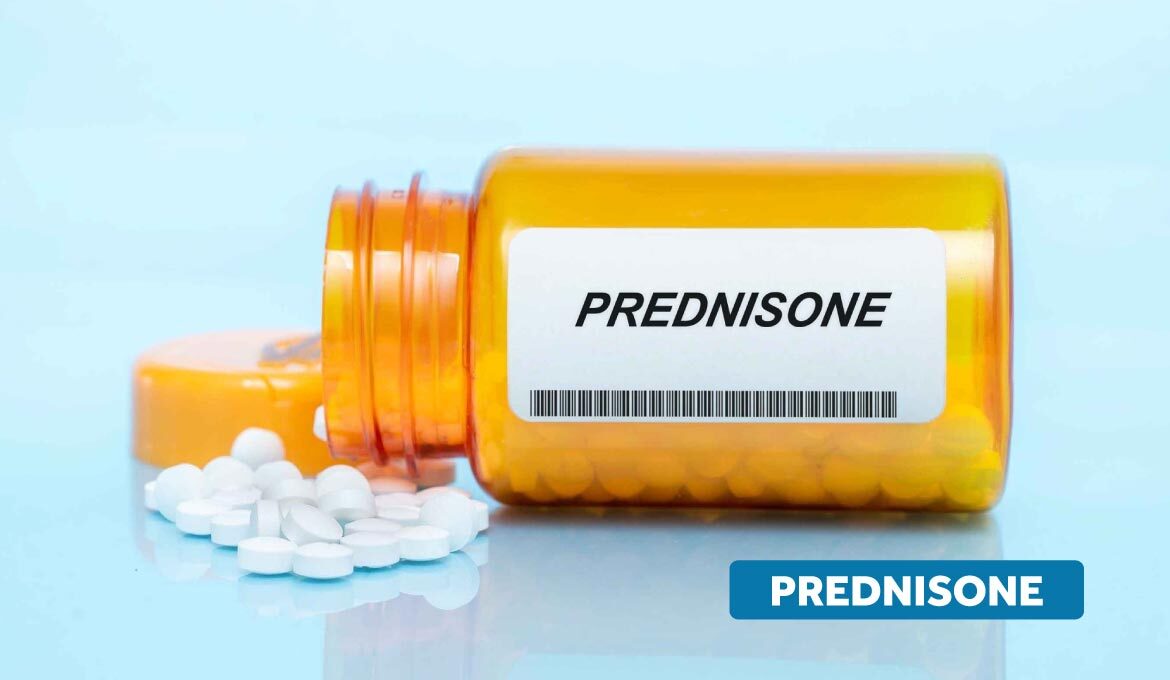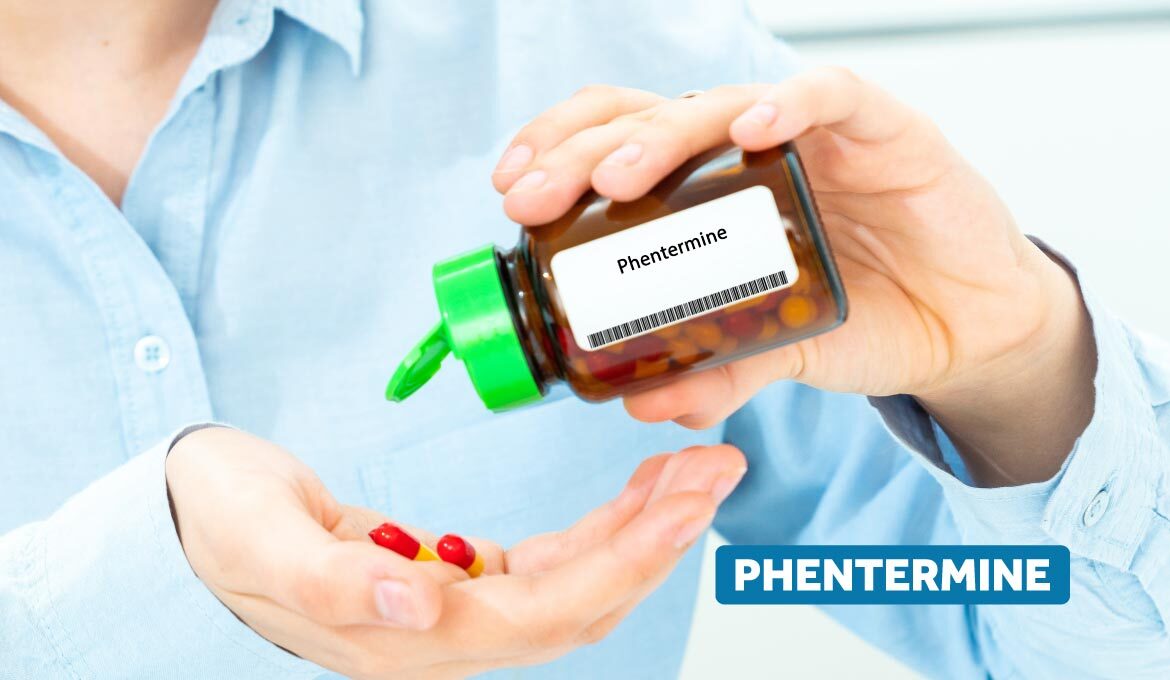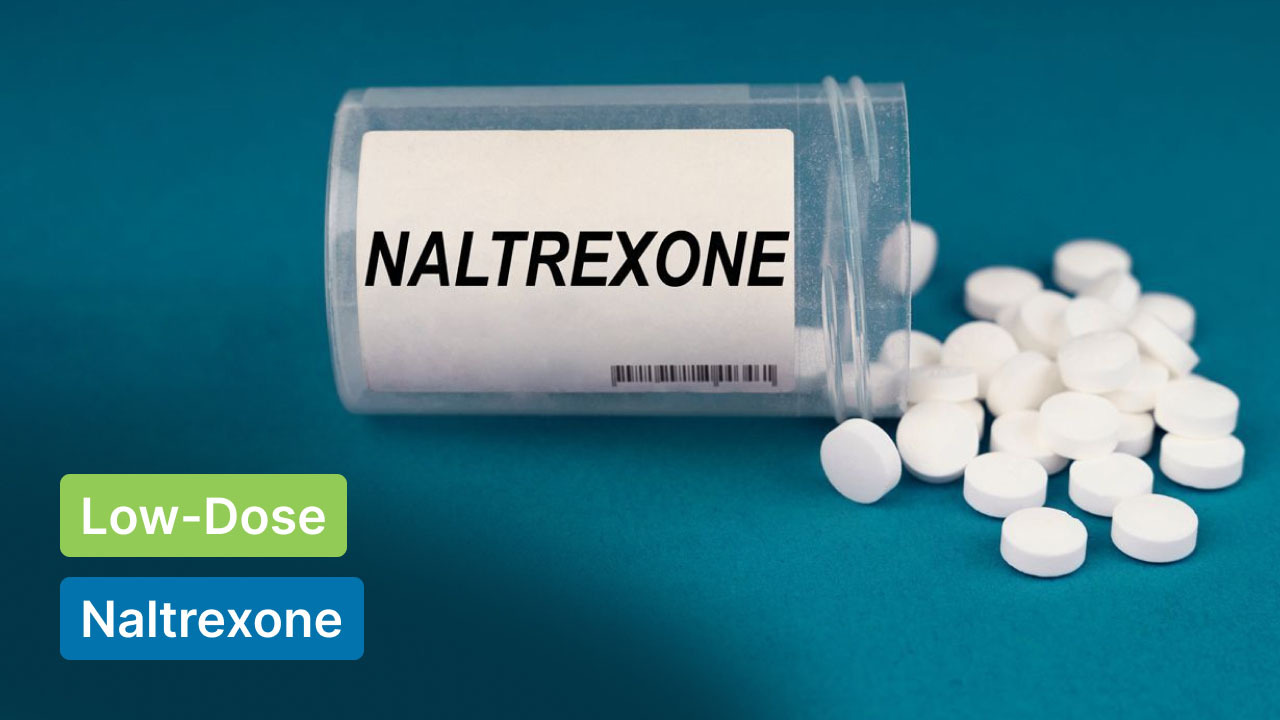
If you've watched the famous TV series “Breaking Bad,” you may probably remember how crystal meth is made in the super labs. You see, such superlabs are pretty common nowadays, especially among Mexican manufacturers.
In recent years, the number of stimulant-related overdose deaths in the United States has increased dramatically. One of the main culprits behind this death is Crystal meth.
Crystal meth, formally known as Methamphetamine, is a psychostimulant. It also goes by different street names such as crank, crystal, meth, ice, glass, and speed (powder form). It looks like a shiny rock, and it is considered the most potent form of meth.
Meth users feel a short yet intense rush when the drug is initially taken. However, the toll on physical and mental health is severe. Apart from the dangerous effects, the process of making meth is highly unsafe.
So, how is crystal meth made? Unfortunately, the process of making meth in clandestine labs is extremely easy. It involves a range of toxic chemicals that can cause explosions and house fires.
Keep reading as we explain what crystal meth is and the process behind making it from its main ingredients.
What is Crystal Meth?
Before we proceed, it's important to know that crystal meth is made from Methamphetamine. It is chemically similar to amphetamine but has a more potent effect on the central nervous system (CNS).
Its main purpose is to speed up the activity of the CNS, which further causes a person to feel alert, energetic, and euphoric.
Generally, it is a white and odorless powder and has a quite bitter taste. Some people dissolve it in alcohol or water, and then it can be smoked, snorted, or injected.
Crystal Methamphetamine resembles glass fragments and is an illegally altered version of the prescription drug (Desoxyn®) that is cooked with other OTC drugs in meth labs.
According to the National Institute of Drug Abuse reports, crystal meth is widely available, enough to affect nearly 1.2 million adults and teens, leaving 12 million people addicted for life.
Uses of Crystal Meth
Some people self-medicate, hoping to lose weight, boost their sexual activity, lower depression, or focus more at work. Also, during World War II, soldiers used to take this drug in order to stay awake and alert throughout.
The drug also has limited medical uses for the treatment of attention deficit hyperactivity disorder, obesity, and narcolepsy. However, it is mostly prescribed by doctors.
Long-term misuse can result in anxiety, confusion, auditory hallucinations, mood swings, insomnia, and violent behavior.
What is Crystal Meth Made From?
Since the chemical method for synthesizing Methamphetamine is very easy, it can be made illegally in meth labs all over the world.
Nearly 70% of America's meth supply is manufactured in superlabs in Mexico and California, run by organized crimes and street gangs. The rest 30% is produced in the US in makeshift meth labs hidden in garages, basements, motels, campgrounds, kitchens, and other secret spots.
Meth is produced either by hydrogenating or extracting Methamphetamine from ephedrine or pseudoephedrine or by synthesizing it from other compounds. In the late 1960s, various manufacturers produced the drug from precursor compounds.
After these chemicals were restricted, they began extracting or hydrogenating pseudoephedrine and ephedrine from medicinal products and then making them using mixes and filters.
Crystal Meth Ingredients
Most of its ingredients are toxic and highly flammable, with ephedrine or pseudoephedrine being the main ingredient. They are a common decongestant found in cold medicines and used to treat asthma and sinusitis.
The reason pseudoephedrine is used is because it is very easy to get hold of. It is then treated in a similar mode to ephedrine, i.e., through processes of ‘cooking' to produce forms of crystal meth.
Other common ingredients used to alter cold medicines for meth manufacturers include:
- Acetone: Acetone is extremely flammable. They can be easily found in nail polish removers or paint thinners. In the setting of a meth lab, acetone can be very dangerous.
- Lithium: Lithium can be taken from local batteries. It is highly explosive and can burn your skin upon contact. It also reacts very violently with water.
- Toluene: Toluene is a suitable solvent and powerful enough to dissolve rubber. It can be found in brake cleaner.
- Hydrochloric acid (HCl): This chemical is highly corrosive to human skin and flesh. They are commonly used in plastic making.
- Red phosphorous: Commonly found on matchboxes, in road flares, and other explosives. It catches fire when overheated.
- Sodium hydroxide (NaOH): This explosive substance can burn the skin or cause blindness in some cases.
- Sulphuric acid (H₂SO₄): This is another highly corrosive substance that can burn your skin. Sulphuric acid is commonly used in drain or toilet bowl cleaners.
- Anhydrous ammonia: One form of ammonia, it is found in fertilizers and countertop cleaners. Known for its pungent smell, it can release highly toxic gasses when mixed with other chemicals on its own.
- Antifreeze or freon: It's a chemical found in air conditioners (AC) that provides chills.
As you can see, most of these ingredients are not made for human consumption. But sadly, people who use meth ingest these substances every time they use crystal meth.
How is Crystal Meth Made?
Crystal meth can be produced or “cooked” in as little as 6 to 8 hours using certain cookware. People often use apparatus that can be dismantled, stored, or relocated to avoid being caught or detected.
It is synthesized in extremely basic facilities. Many of these labs are simple processes that do not require advanced chemistry instruments. And the people who make meth typically have no chemistry expertise or training. Cooking meth is reasonably simple but extremely dangerous and toxic.
Generally, there are three methods of how crystal meth is made.
i) Traditional method:
Domestic clandestine laboratory operators also manufacture crystal meth but on a smaller scale. The method utilized depends on the available precursor compounds.
These labs produce meth illegally by mixing its two main ingredients, pseudoephedrine, and ephedrine, with acetone, phosphorus, and freon. Next, the concoction is combined with a solvent like gasoline and heated to form rock-like crystals.
ii) Standard method:
The standard method of methamphetamine production requires a large space. Meth labs generate a lot of waste and use a variety of appliances, such as pots and pans for heating, stoves or burners for ventilation, curtains, or other barriers to prevent people on the outside from seeing what is going on inside.
This technique can be costly and difficult to sustain. But it can yield multipound quantities of high-quality d-methamphetamine.
Here's how crystal meth is produced in large-scale operations:
- To begin, in order to take the pure powder form of pseudoephedrine, the cold medicine tablets are combined with a solvent. The solution is filtered and exposed to low temperatures to separate the tablet's inert ingredients.
- The extracted pure pseudoephedrine is now mixed with hydroiodic acid and red phosphorus. The resulting Methamphetamine hydrochloride is formed.
- Next, the red phosphorus is filtered out, and the residual acid is neutralized by adding a lye solution.
- A substance is added that will bind to the meth, and the liquid meth is drained away.
- Then, hydrogen chloride (HCl) gas is bubbled through the liquid meth. A crystalline hydrochloride salt is formed.
- This salt is put through a filter cloth, and the meth that is left on the filter is dried.
- Once dried, the meth is stepped on, weighed, and packaged for sale.
iii) Shake and bake method:
Many people who synthesize crystal meth at home utilize the “shake and bake” or “one-pot method,” which yields little more than two ounces of meth per batch. It’s also known as small-capacity production labs (SCPLs).
This method usually includes combining pseudoephedrine tablets with additional substances, such as lithium, in a plastic soda bottle. Even though it sounds like a quick fix, it's more dangerous than the traditional method.
The Dangers of Making Crystal Meth
As said before, meth labs involve the use of chemicals that can cause explosions and fires. While this is true, there are additional concerns too.
The debris that remains after production is also unstable and flammable. Illegal laboratories create a lot of toxic waste as well.
It's quite surprising that the production of 1 pound of Methamphetamine generates 5 pounds of harmful waste. When people get exposed to this waste material, they can become poisoned and sick.
According to health experts, the ingredients used in crystal meth production can irritate the throat and nose and lead to headaches, nausea, dizziness, and breathing complications.
Moreover, skin burns, eye damage, kidney damage, and even cancer can also be linked to exposure to these ingredients.
What Substances Can Be Added To Cut Meth?
Although much of the meth sold on the street is unlikely to be diluted in the same way that heroin or cocaine is, there are things that can be added to enhance the volume of the drug while reducing the actual psychoactive substance.
Some cutting agents for meth are:
- Amphetamines – to disguise impurity
- Red dye – may make the meth reddish or brown in color.
- Methylsulfonylmethane (MSM)
- Phosphorus – may turn purple in color.
- Sulfur – may make it orange in color.
- Copper salts – may make it green in color.
- Fentanyl or other opioids
These cutting agents or additives are highly threatening to the human body. Just 1.5 kg of crystal meth produced by illegal dealers contains 0.5 kg or more of these additives. This is obviously done to make more profit.
Side Effects of Crystal Meth
Since it's a type of CNS stimulant, it is well-tolerable. However, it has some devastating side effects if abused for a long-term period. The consequences of meth misuse can be terrible for people psychologically, physically, and socially.
Meth affects brain chemistry, making it harder for addicts to experience pleasure in anything other than the drug. As a result, users will continue to chase the high, possibly developing tolerance, dependency, and, finally, addiction.
Repeated usage over time may damage the brain's structure and function, resulting in difficulty controlling emotions and poor decision-making ability. Meth usage can also lead to memory loss, erratic behavior, and liver damage.
A person taking crystal meth even a few times may experience the following side effects:
- Fast breathing
- Paranoia (most common)
- Tweaking
- Rapid heart rate
- Dry mouth
- Chest pain
- Muscle stiffness
- Sudden weight loss
- Skin rash (rare)
- Dental problems
- Memory loss
- Nausea
- Decreased appetite
- Potential seizures
- Feelings of agitation, as though on edge
- Hyperactivity
Is Crystal Meth Legal in the US?
No. It's illegal in the US.
In general, meth is classified as a Schedule II stimulant under the Controlled Substances Act. This means that it has a significant potential for abuse yet is currently approved for medical purposes.
Meth is available only via a prescription that can’t be refilled. Currently, there is only one legal meth product named Desoxyn®. It is used by doctors in treating ADHD.
Crystal Meth Addiction and Substance Use Disorder
Crystal meth produces a euphoric feeling for up to 12 hours, and people crave its strong effects over and over again. That's how the addiction begins.
But here's when it gets worse. After multiple uses, the same dose no longer gives similar effects. A person develops drug tolerance to acquire the same euphoric effect.
As a result, the person develops substance use disorder after taking crystal meth, even for 1 or 2 times. That's why it's considered highly potent.
Even though the person's blood will be free of the meth after one to three days, without taking it, psychological symptoms may persist for a few days. This is because this potent stimulant changes the person's brain chemistry.
How To Overcome Crystal Meth Addiction?
Since crystal meth is the most potent form of stimulant drug, it can be hard to beat. Sometimes, it's nearly impossible. As such, there is no medication or specific treatment available to help people stay clean from meth. But research is being undertaken.
Currently, the only thing that can help people is to go for behavioral therapies, like cognitive behavioral therapy and contingency management.
Summing Up!
As you can see, crystal meth is a man-made drug that comes in a rock-like form. Its production is as easy as making cookies, yet it carries lots of dangers. The main ingredients of crystal meth are pseudoephedrine, along with other local chemicals.
Even though it's illegal, many people use it to get high and reduce their stress and depression. But little do they know it poses a high risk of physical and psychological dependence.
Further, with the rise of Mexico-based traffickers and the establishment of independent illegal meth labs, crystal meth is already being mass-produced in many parts of the United States.
If you suspect you or anyone dealing with substance use disorder, contact a doctor and seek immediate support and treatment.
FAQs
1. What does ice crystal do?
Ans: Ice crystals stimulate the brain and central nervous system. It triggers the release of neurotransmitters in the brain, especially serotonin, dopamine, and noradrenaline.
2. What are the disadvantages of using ice?
Ans: Long-term use of ice can lead to severe side effects, including breathing difficulties, restless sleep, stiff muscles, weight loss, hallucinations as well as drug dependence.
3. Where is crystal meth made?
Ans: Crystal meth is usually made in secret laboratories with relatively cheap OTC ingredients such as pseudoephedrine, a common ingredient in cold medications. These are then cooked with chemicals like freon, acetone, and phosphorus, and shiny crystal meth is formed.
4. How is crystal meth used?
Ans: Like other stimulant drugs, crystal meth can be swallowed, smoked, snorted or injected.
5. Can methamphetamine addiction be treated?
Ans: Yes, but it’s challenging. Even though Methamphetamine is a powerful stimulant, its addiction can be treated. Some of the treatment plans are behavioral therapy, counseling, and detox.
Read Also:








